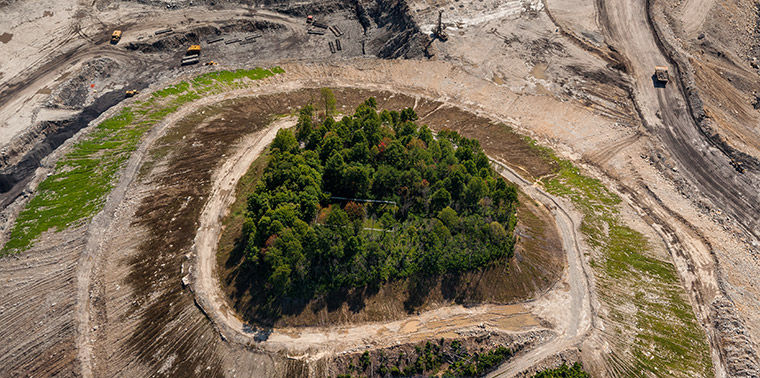October 14, 2015 — Human population is expected to soar to between 9 and 10 billion by 2050, with a growing number of people moving into the middle class and requiring more energy, natural resources and animal products. This combination of population growth and resource demand will put increased pressure on the planet’s resources, a fact that has interested parties from academia, nonprofits, government, industry and more scrambling to find ways to improve living conditions for billions of people while staying within the planet’s ecological boundaries.
But that’s just the starting point of a recent study led by The Nature Conservancy in partnership with the Department of Geography at McGill University and the University of Minnesota’s Institute on the Environment (which, full disclosure, provides support for Ensia). The researchers analyzed global development drivers, including urbanization, agriculture, energy and mining, to see how future development is likely to affect what’s left of the planet’s remaining natural lands. Their conclusion: 20 percent of all natural lands are at risk from future development.
Although the three regions currently with the most developed land — Central America, Europe and South Asia — are projected to remain the most developed, the researchers note that Africa and South America, currently relatively undeveloped, have the greatest amount of land at risk. The researchers estimate that the amount of land developed on those continents in coming decades could be about twice as much as it is today in South America and three times as much in Africa. Meanwhile, only about 5 percent of the lands that face development risk are currently under “strict protection” (many “protected areas” allow some forms of development).
The goal of the research wasn’t just to point out where nature is going to be converted to farms, cities and other signs of modern life; it’s meant to offer insights that can be used to balance conservation strategies alongside ongoing development.
As Joseph Kiesecker, a lead scientist for The Nature Conservancy’s Conservation Lands Team, says in this video, “The study’s not intended to be a doom-and-gloom story. It’s really intended to be hopefully inspiring. Armed with the knowledge of where future development risk may occur, we can get ahead of the curve. We can get into those landscapes, we can proactively plan for development and find solutions that will strike that balance [between development and conservation].” ![]()
Ensia shares solutions-focused stories free of charge through our online magazine and partner media. That means audiences around the world have ready access to stories that can — and do — help them shape a better future. If you value our work, please show your support today.
Yes, I'll support Ensia!

